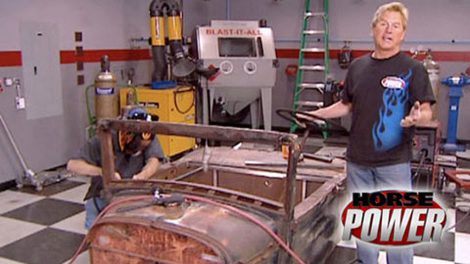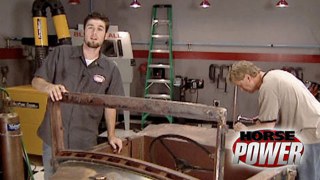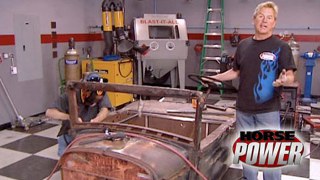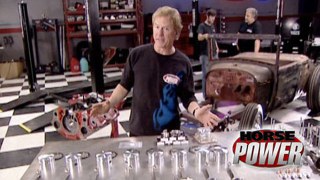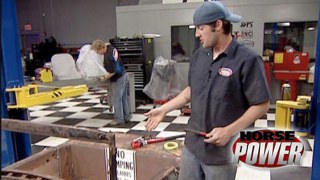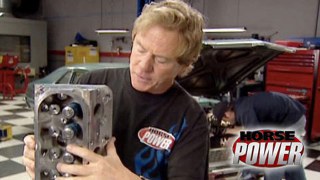More Raunchy Rat Rod Episodes
HorsePower Builds
Want more content like this?
Join the PowerNation Email NewsletterParts Used In This Episode
Cherry Bomb
Cherry Bomb vortex and the original glasspack.
Crane Cams
Valvetrain components for LS-1 engines.
Hypertech
Hyperpac
Pete and Jakes
Adjustable panhard bar with urethane bushings.
Pete and Jakes
Brake kit and spindle 37-48 Ford pass.car spindle 78-86 GM caliper.
Pete and Jakes
Complete 9" 11' Drum brakes and 3.00 gear.
Pete and Jakes
Hair pins and front super bell axle I-beam design 4" drop .
Pete and Jakes
Ladder bars with adjustable clevises, urethane bushings at pivot.
Pete and Jakes
Super slide spring (lowers car 3" below stock) .
Pete and Jakes
Vega steering box cross steer.
Pete and Jakes
Viper alloy gas shocks w/ six stage valving.
